25 Tasty Southeastern European Savory Pies You Can Make
Savory pies from southeastern Europe embody a rich culinary tradition steeped in cultural heritage and intricate flavors.
Crafted through generations, these pastries showcase a deep knowledge of regional techniques and locally sourced ingredients.
Skilled bakers across the region pour passion and expertise into every handheld delight.
The fusion of Mediterranean influences with recipes born in mountainous landscapes creates unique textures and bold tastes that captivate food lovers.
Layers of thoughtfully chosen fillings transform simple dough into unforgettable culinary masterpieces.
Diverse preparation methods and filling choices highlight the vibrant regional distinctions.
Passed down through families, these recipes reveal strong ties to the land and its agricultural bounty.
Discover 25 popular southeastern European savory pies that promise to excite your palate.
Popular Southeastern European Savory Pies You’ll Love
Savory pies are a beloved comfort food in Southeastern Europe, stuffed with cheese, greens, or meat. Each slice is rich with history, tradition, and family flavor.
Placinta Aromana
Placinta aromana is a rustic Romanian pie bursting with savory flavors and countryside tradition, featuring a flaky pastry layered with creamy egg and vegetable fillings.
Farmers and rural families developed this hearty dish as a quick, nutritious meal using fresh ingredients from their gardens.
Spinach or leeks form the primary vegetable base, mixed with eggs and soft cheese to create a rich, smooth interior.
Lard-brushed pastry sheets encase the filling, creating a golden, crispy exterior when baked in traditional ovens.
Romanian households typically serve this pie warm during breakfast, often accompanied by cool yogurt for balance.
Mediterranean and Balkan culinary influences contribute to its complex flavor profile.
Mountain and agricultural communities have preserved this recipe for generations, maintaining its simple yet satisfying character.
Kljukusa
Kljukusa is a rustic Bosnian potato pie originating from Ottoman Empire cuisine, featuring a simple flour-based dough filled with grated potatoes and eggs.
Traditionally baked in round pans, this hearty dish demands a thin consistency to ensure perfect texture.
Bosnian families prepare kljukusa with minimal ingredients like flour, salt, water, potatoes, and occasionally garlic or sour cream.
Bakers either slice or tear the pie into bite-sized pieces after baking.
Serving methods include coating the pieces with butter, sour cream, cheese, or milk.
Salt, simplicity, and comfort define kljukusa's enduring culinary charm.
Kvrgusa
Kvrgusa represents a traditional Bosnian chicken pie featuring a unique layered preparation method from Bosanska Krajina.
Soft dough made from flour, eggs, and milk forms the base of this hearty regional specialty.
Chicken pieces like thighs and legs are strategically placed on top of the flour mixture before baking.
Bosnian families prepare this dish with generations-old techniques passed down through family kitchens.
Slow baking ensures a golden, crispy crust and tender chicken throughout the pie.
Each slice offers a rich blend of simple ingredients transformed into a comforting meal.
Kreatopita
Kreatopita is a savory Greek pastry bursting with ground meat wrapped in crispy, paper-thin phyllo dough that transforms simple ingredients into a mouthwatering meal.
Shepherds and travelers traditionally carried kreatopita as a portable, protein-rich meal that could withstand long journeys.
Meat variations include lamb, beef, or pork seasoned with oregano, garlic, and pepper.
Bakers carefully layer phyllo sheets to create a flaky, golden-brown crust that encases the rich meat mixture.
Street vendors sell individual portions as a popular grab-and-go snack.
Mediterranean culinary traditions have preserved this hearty pastry as a staple of Greek comfort food.
Pastrmajlija
Pastrmajlija is North Macedonia's hearty meat-laden bread pie that celebrates local culinary traditions through its unique oval shape and rich pork and mutton toppings.
Regional bakers craft this rustic dish by spreading cubed or sliced meats across a sturdy dough base, often adding eggs and hot peppers for extra flavor.
Traditional wood-fired ovens provide intense heat that transforms the simple ingredients into a crispy, savory meal.
Originating from the word pastrma, which means salted and dried meat, this dish reflects North Macedonia's shepherding heritage.
Winter gatherings frequently feature pastrmajlija as a warming centerpiece for friends and families.
Pickled hot peppers typically accompany the pie, enhancing its robust taste.
Meat selection varies by region, with pork and cured mutton being most common.
Regional cooks take pride in their unique preparation methods, making each pastrmajlija slightly different.
Alevropita
Alevropita is a rustic Greek pie famous for its thin, crispy texture and bold feta cheese flavor.
Greek bakers from Epirus create this simple dish using a minimalist wheat flour batter enhanced with milk or yogurt and eggs.
Traditional preparation involves spreading the liquid mixture into large rectangular or round pans without leavening the dough.
Feta cheese gets generously sprinkled across the surface before baking, creating a golden, crunchy base with tangy cheese notes.
Skilled home cooks sometimes add fresh herbs or occasional vegetables for extra depth.
Olive oil drizzled on top adds richness and enhances the pie's appealing golden-brown appearance.
Greeks enjoy alevropita as a satisfying breakfast or quick snack that showcases regional culinary simplicity.
Mediterranean comfort food defines this unpretentious yet delicious regional specialty.
Proja / Projara
Proja is a rustic Serbian cornbread that embodies simple rural cooking traditions with its basic ingredients of cornmeal, salt, and water.
Peasant families transformed this humble bread into a savory pie called projara by adding milk, eggs, and butter, creating a versatile dish with regional name variations like projanica, razlevak, or muruzara.
Serbian households typically bake projara in a pan until it develops a crispy golden crust on all sides, giving it a distinctive texture and hearty flavor.
Complementary sides like cheese, yogurt, pavlaka, bean stew, sauerkraut, sarma, or cracklings help balance its slightly dry consistency.
Regional differences in preparation methods and additional ingredients reflect Serbia's diverse culinary landscape.
Projara represents more than just food; it symbolizes resourcefulness and connection to agricultural roots.
Kolokithopita
Kolokithopita is a classic Greek savory pie featuring zucchini and feta cheese nestled between crispy phyllo pastry layers.
Greek home cooks craft this versatile dish with homemade phyllo, which is typically thicker than store-bought versions.
Cooks often experiment with filling variations, sometimes substituting winter squash for zucchini or creating sweet adaptations with sugar syrup.
Regional differences influence the pie's shape and size, ranging from small appetizer portions to substantial main course servings.
Winter squash versions can transform into desserts by omitting feta and adding sweet syrup.
Tirenia
Tirenia stands as a traditional Greek cheese pie from Kimolos island, characterized by its distinctive open-center rectangular pastry filled with creamy local manouri cheese.
Bakers carefully fold the edges of the yeast-based dough around a mixture of beaten eggs and freshly ground black pepper.
Crispy golden exteriors give way to soft, fluffy interiors when baked to perfection.
Olive oil and salt enhance the dough's richness, while the unique rectangular shape sets this pie apart from other Greek pastries.
Warm from the oven, these savory pies offer a delightful taste of Greek island cuisine.
Each bite reveals the simple yet sophisticated flavors of this traditional dish.
Kimolian kitchens take pride in their special cheese pie recipe.
Manitaropita
Manitaropita are savory Greek mushroom pies bursting with Mediterranean flavors and packed with rustic ingredients from northern Greece.
Regional bakers in Kastoria craft these pies using thick, flaky phyllo dough layered with portobello mushrooms and aromatic herbs.
Sauteed onions, garlic, and tomatoes form the pie's rich base, while crumbled feta cheese adds creamy texture and depth.
Fresh herbs like mint, parsley, oregano, and thyme infuse the filling with vibrant taste profiles.
Olive oil brushed on the exterior creates a golden, crispy crust that highlights the pie's delicate layers.
Sesame seeds sprinkled before baking provide a subtle nutty crunch to each slice.
Bakers carefully prepare these pies until they reach a perfect golden-brown color, allowing them to cool before serving.
Manitaropita serves as a beloved traditional dish that celebrates Greece's culinary heritage through its simple yet flavorful ingredients.
Gomleze
Gomleze is a distinctive North Macedonian round pie originating from Ohrid's southwestern region, characterized by its unique layered preparation method.
Bakers create this traditional dish by pouring flour batter repeatedly into a pan, carefully coating each layer with oil during baking.
Historically, local cooks prepared gomleze in an asac, a traditional bell-shaped vessel placed over a fireplace and covered with ash and hot coals.
Layers of batter transform into a crispy, golden-brown pie with a rich, textured surface.
Regional cooking techniques highlight the simple yet intricate process of building multiple thin layers.
North Macedonian cuisine celebrates gomleze as a testament to its culinary heritage.
Regional bakers continue to craft this distinctive pie using traditional techniques that connect modern kitchens with historical cooking practices.
Patatnik
Patatnik is a rustic potato delicacy from Bulgaria's Rhodope Mountains, featuring shredded potatoes and onions transformed into a savory, herb-infused dish.
Mountain shepherds traditionally prepared this hearty meal using simple, fresh ingredients gathered during their high-altitude journeys.
Mint provides a distinctive aromatic flavor that distinguishes patatnik from other potato recipes.
Sirene cheese adds rich, tangy notes to the potato mixture, creating depth and complexity.
Eggs bind the ingredients together, ensuring a cohesive texture and golden-brown surface when cooked.
Bulgarian families often prepare patatnik as a comforting weekend meal or during mountain gatherings.
Peppers contribute additional layers of flavor and subtle heat to the dish.
Rural communities have preserved this recipe for generations, celebrating their agricultural heritage through this humble yet satisfying meal.
Melintzanopita
Melintzanopita is a rustic Greek savory pie featuring roasted eggplant nestled between crispy phyllo layers that celebrates Mediterranean vegetable cooking.
Greeks craft this dish with tender eggplant chunks blended with crumbled feta cheese and aromatic herbs like oregano and parsley.
Bakers carefully layer thin phyllo sheets brushed with olive oil to create a flaky, golden-brown crust.
Families prepare melintzanopita for gatherings, serving it as an appetizer or light meal.
Small bakeries and home kitchens across Greece share this traditional recipe.
Mediterranean cuisine enthusiasts appreciate its simple yet robust flavors.
Prijesnac
Prijesnac embodies a rustic Balkan cheese pie beloved across Herzegovina and Montenegro for its simple yet rich ingredients and creamy texture.
Regional bakers craft this traditional dish using cottage cheese, kaymak, eggs, milk, flour, oil, salt, and baking powder.
Herzegovina mountain communities historically prepared prijesnac as a hearty breakfast or satisfying snack.
Rural families passed down the recipe through generations, maintaining its authentic preparation methods.
Farmers typically used fresh dairy ingredients directly from their livestock.
Southern Bosnian and Montenegrin regions claim strongest connections to this savory pie.
Professional and home bakers alike appreciate its straightforward preparation and comforting flavor profile.
Svetinikolska Pastrmajlija
Svetinikolska pastrmajlija is a savory North Macedonian bread pie originating from Sveti Nikole, featuring an oval-shaped dough base loaded with robust local flavors.
Pork meat cubes or slices cover the pastry surface, creating a hearty foundation for this regional specialty.
Crumbled white sirenje cheese adds a tangy layer of richness to the dish.
Eggs scattered across the pie provide additional protein and texture.
Rural bakers traditionally prepare this rustic meal using simple, fresh ingredients.
Families often enjoy pastrmajlija as a satisfying lunch or casual dinner option.
Regional pride shines through in each carefully crafted bite of this distinctive bread pie.
North Macedonian cuisine celebrates its agricultural roots through this flavorful regional creation.
Stipska Pastrmajlija
Stipska pastrmajlija are savory meat pies originating from Stip, North Macedonia, featuring a distinctive oval bread-like base generously topped with chopped pork or mutton.
Regional bakers carefully prepare this traditional dish by spreading tender meat across a handcrafted dough surface.
Unique to eastern North Macedonian cuisine, these pies showcase local culinary traditions.
Bakers typically slice the meat into small, uniform pieces before layering it across the pastry.
Pastrmajlija often serve as hearty meals for families and gatherings.
Street vendors and small bakeries frequently offer these pies as popular street food.
Meat lovers particularly enjoy this regional specialty for its rich flavors and rustic presentation.
Secenica
Secenica represents a traditional Serbian savory pie from Vranje that transforms simple ingredients into a remarkable culinary experience.
Bakers craft this regional specialty by carefully preparing a yeasted dough with flour, oil, salt, sugar, and milk.
Skilled hands roll the dough into delicate thin sheets, generously brushing each layer with oil.
Cheese and egg whites create a rich, creamy filling that gets carefully nestled inside the pastry.
Regional ingredients and precise techniques give secenica its distinctive texture and flavor profile.
Serbian families often enjoy this pie as a hearty breakfast or light meal.
Wheat flour and fresh dairy form the core of this beloved regional dish.
Small towns like Vranje continue preserving this generations-old recipe through careful preparation and shared cultural traditions.
Propec
Propec is a traditional Serbian savory pie featuring intricate layered pastry and creamy cheese filling originating from southern Serbia, specifically the Vranje region.
Serbian bakers craft this distinctive pie using a lard-based dough made from flour, eggs, salt, and lard.
Skilled hands carefully divide and roll the dough into thin, delicate sheets that are meticulously layered with additional lard.
Chefs expertly stack these gossamer-thin layers before creating a base for the pie's rich cheese and egg mixture.
Each piece is then folded to partially cover the filling, ensuring a rustic and authentic presentation.
During serving, propec is traditionally torn into smaller, manageable pieces for easier consumption.
Perek
Perek are crispy Greek savory pastries featuring layered thin dough filled with feta cheese, scallions, and herbs.
Originating from traditional Greek cuisine, these small pies showcase a delicate preparation method involving carefully rolled dough sheets.
Flour, water, and salt form the basic dough ingredients that are kneaded and rested before being shaped into thin rounds.
Bakers typically create multiple layers by stacking dough sheets with flavorful fillings like beaten eggs and wild greens.
Professional preparation involves brushing dough with butter and carefully frying each pastry until achieving a golden-brown exterior.
Scallions and feta cheese provide the primary flavor profile for these portable Mediterranean treats.
Families and street vendors across Greece enjoy perek as a quick, satisfying meal or snack.
Shapkat
Shapkat is a hearty Albanian corn pie casserole originating from Gjirokastra that layers crispy corn dough with savory fillings.
Feta cheese, dill, and spinach form its classic ingredient combination, creating a rich and satisfying meal.
Corn flour serves as the primary base for its distinctive crust.
Traditional preparation involves carefully layering ingredients to ensure even distribution of flavors.
Families often prepare this dish during gatherings and special occasions.
Rural communities in southern Albania have preserved this recipe for generations.
Veleska Pastramajlija
Veleska pastrmajlija represents a signature meat pie from North Macedonia that highlights local culinary traditions through its distinctive oval-shaped bread dough topped with chopped meat.
Regional bakers craft this specialty by spreading seasoned pork, mutton, or veal across a handmade base, creating a hearty meal with rich flavors.
Skilled cooks carefully select spices to enhance the meat's natural taste.
Bakers prepare the pie in traditional ovens, allowing the crust to turn golden brown while ensuring the meat cooks thoroughly.
North Macedonian kitchens often include this specialty as a centerpiece during gatherings.
Eggs cracked over the nearly finished pie add an extra layer of texture and richness.
Kratovska Pastrmajlija
Kratovska pastrmajlija is a distinctive North Macedonian bread pie featuring unique smoked pork as its signature ingredient.
Originating in Kratovo, this savory dish stands out from other pastrmajlija varieties with its specialized meat selection.
Bakers craft an oval-shaped soft dough base layered with homemade smoked pork and beaten eggs.
Traditional wood-fired ovens transform the pie into a golden-brown delicacy with crispy edges.
Winter weekends and holiday gatherings traditionally highlight this regional specialty.
Regional cooks prepare the pie using time-honored techniques passed through generations.
Smoked pork provides a rich, robust flavor profile that distinguishes this version from similar bread pies.
North Macedonian families cherish this hearty meal as a winter comfort food that connects them to local culinary heritage.
Malathropita
Malathropita is a crispy Greek savory pie originating from Chios island, distinguished by its unique wild fennel and fish roe composition.
Mediterranean cooks craft this traditional dish by mixing fresh fennel leaves with a simple batter of flour, water, and olive oil.
Chopped onions, herbs, garlic, and eggs enhance its rich flavor profile.
Greeks fry the pie until golden brown and perfectly crisp, creating a delightful street food or appetizer.
Fish roe sets the Chian version apart from other regional variations.
Vinegar adds a subtle tangy undertone to the pie's overall taste.
Locals often prepare malathropita as a quick and satisfying meal.
Ancient Greek culinary traditions inspire this versatile and flavorful dish.
Tikvenjaca
Tikvenjača is a traditional Bosnian savory pie featuring marrow as its star ingredient, crafted with delicate phyllo pastry called jufka.
Marrow cubes or grated pieces form the core of this rustic dish, often enhanced with eggs for extra richness.
Bosnian home cooks carefully spread the seasoned marrow mixture onto thin pastry sheets.
Skilled bakers roll the filled pastry into distinctive spiral shapes before arranging them in an oiled baking tray.
Each roll creates a mesmerizing circular pattern when baked to golden perfection.
Salt and simple ingredients transform the humble marrow into a comforting meal.
Baked until crispy and warm, tikvenjača serves as a satisfying vegetable-based pastry enjoyed across Bosnia.
Oparusa
Oparusa represents a rustic Bosnian pie featuring unleavened dough baked and drenched in a creamy milk and sour cream mixture.
Wheat flour, butter, salt, and boiling water combine to form its simple base that gets pressed into an oiled baking pan.
Mountain regions of Bosnia traditionally prepare this hearty dish as a comfort food.
Rural families often serve oparusa as an affordable and filling meal during cold seasons.
Baking techniques remain consistent across different family kitchens.
Pure ingredients and straightforward preparation define this classic Balkan comfort dish.
What Special Ingredients Are Commonly Used in Southeastern European Pies?
Southeastern European pies, cherished for their hearty and flavorful fillings, often incorporate a variety of special ingredients that reflect the region’s rich culinary heritage:

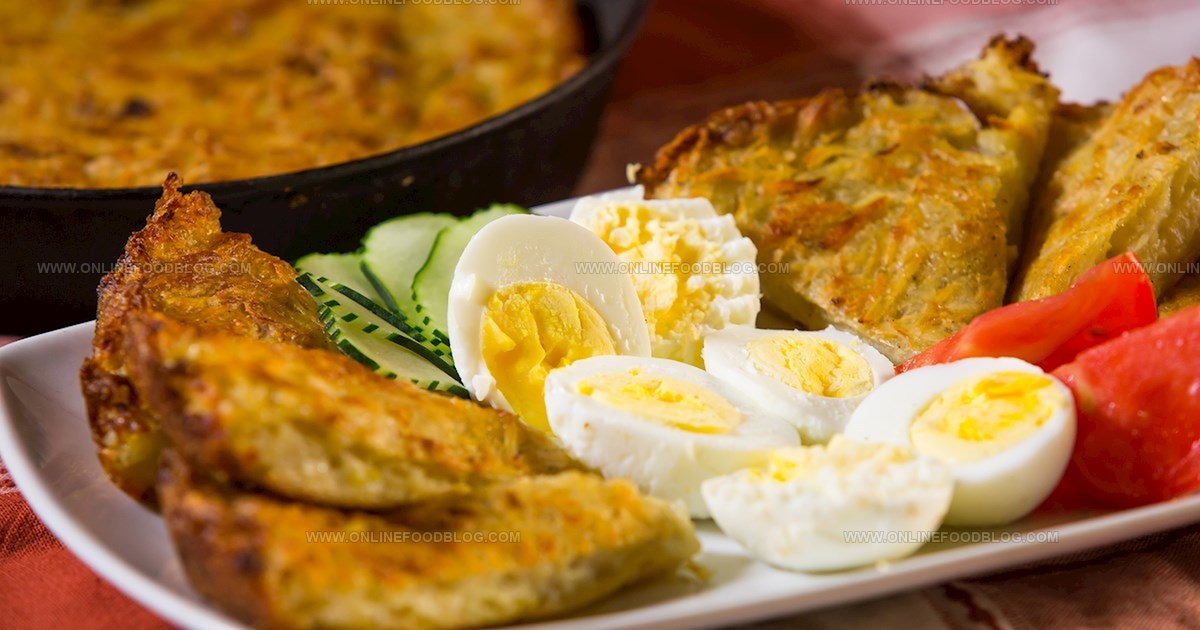
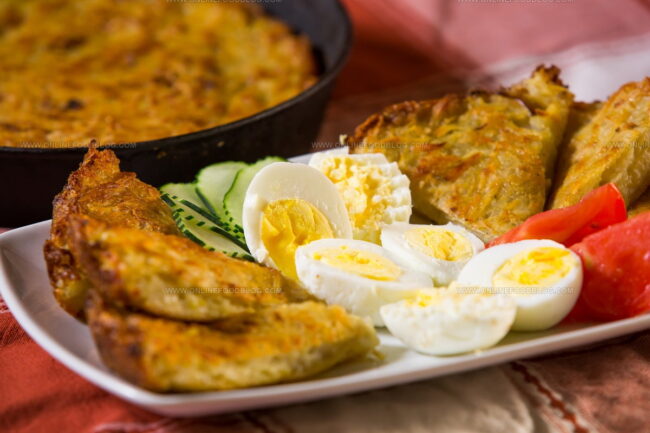
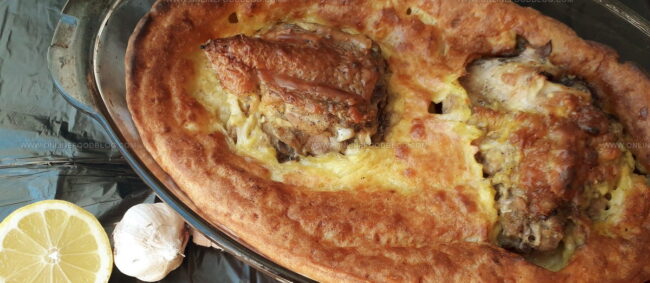
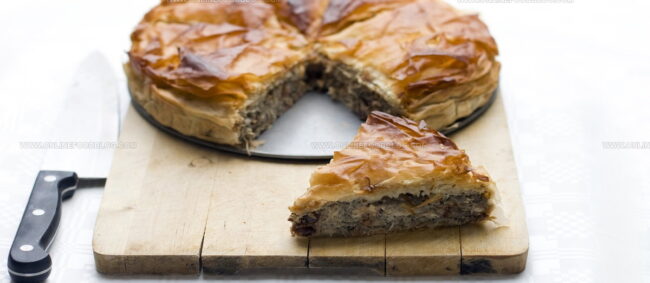
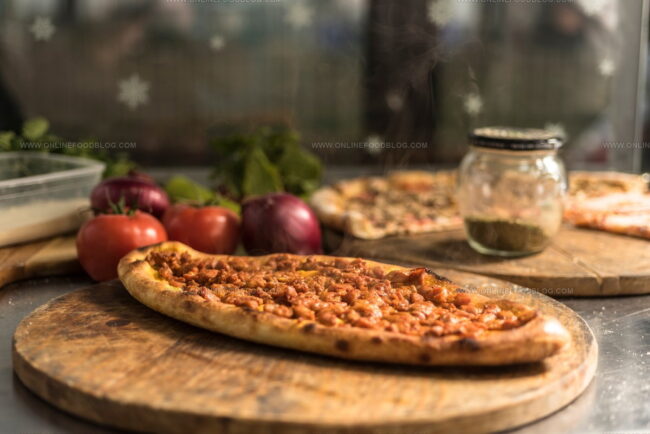
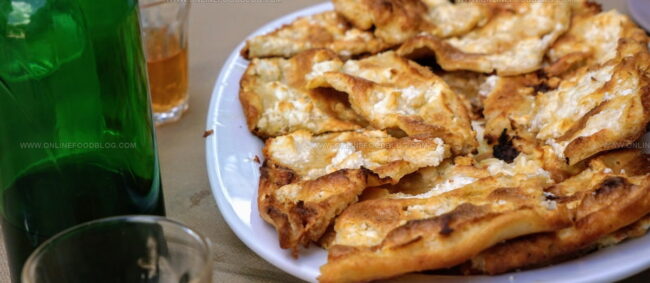
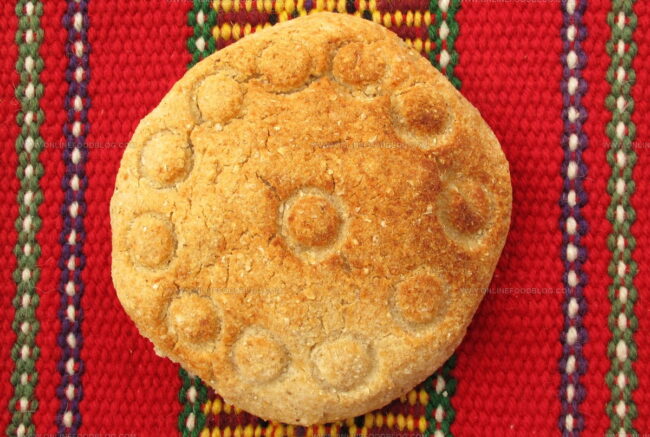
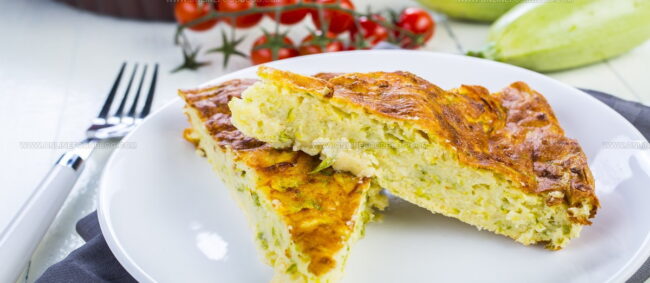
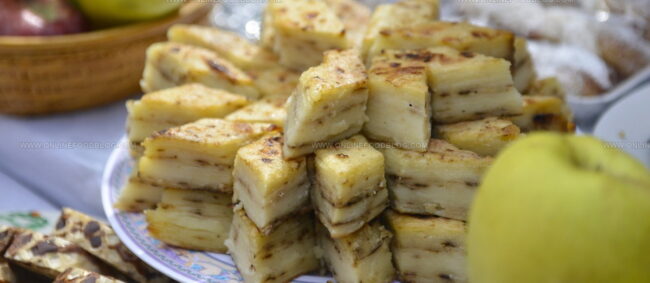
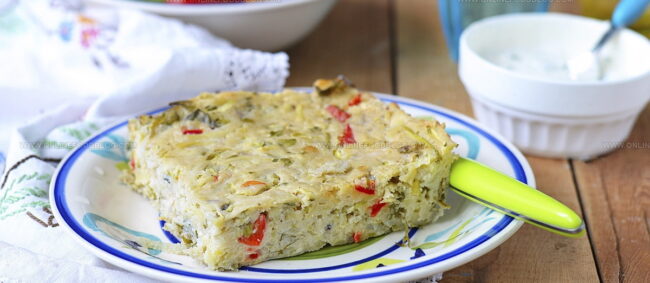
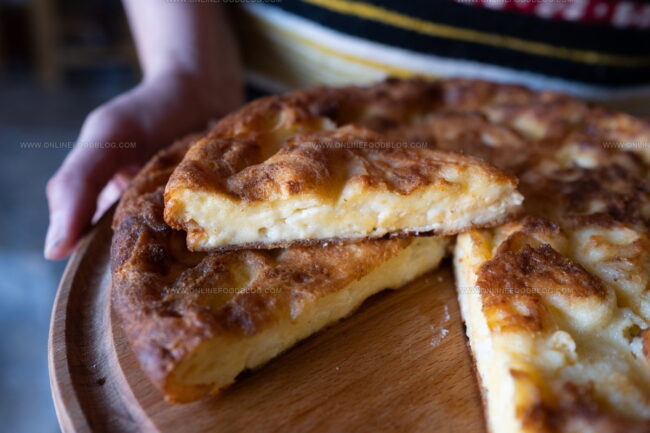
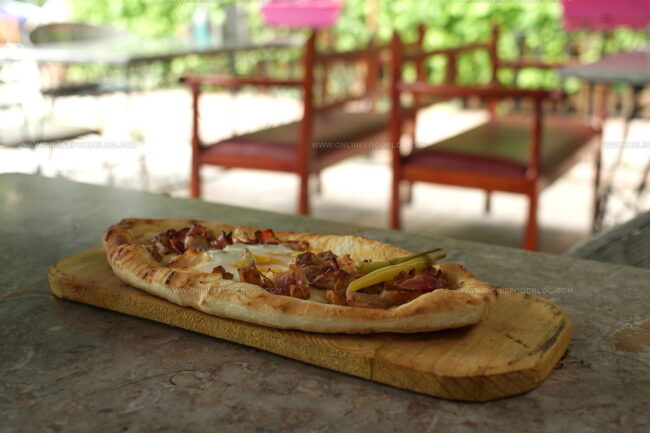
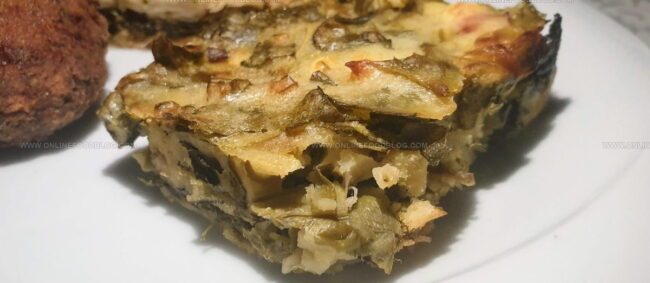
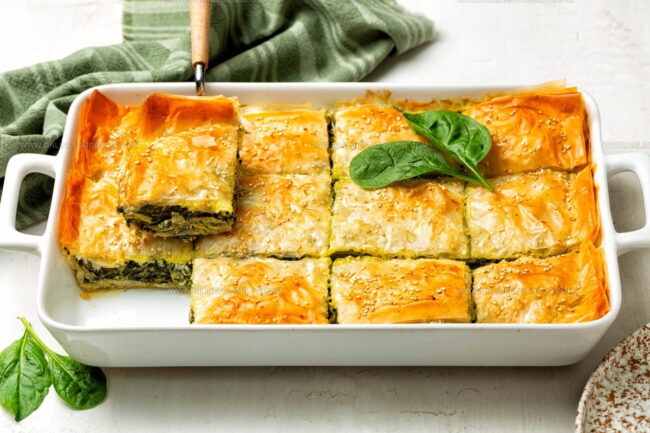
Lucas Bennett
Founder & Recipe Creator
Expertise
Simple Everyday Recipes, Sustainable Cooking Practices, Creative Meal Planning, Recipe Testing and Improvement
Education
Fox Valley Technical College, Appleton, Wisconsin
Lake Superior College, Duluth, Minnesota
Lucas Bennett’s cooking journey started in his parents’ kitchen, where he learned to prepare tasty, no-fuss meals from scratch. His culinary passion led him to Fox Valley Technical College, where he gained practical cooking skills.
He then expanded his focus on sustainability at Lake Superior College. Today, Lucas shares easy, approachable recipes designed to make cooking enjoyable and stress-free for everyone.